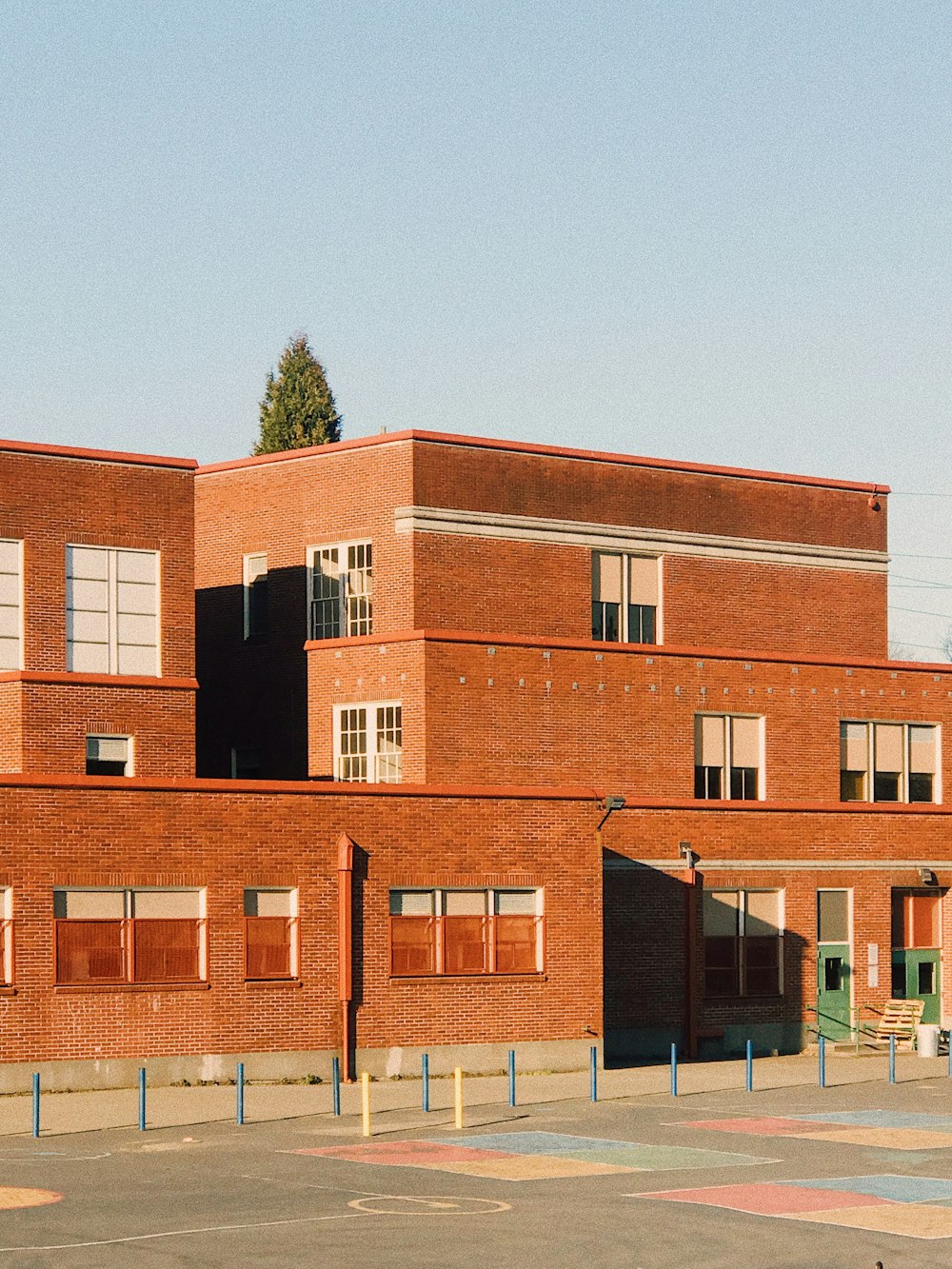Should Idaho funds support personalized education?

As a young student, I often wished for more educational opportunities. My mom, a certified teacher, decided to home-school my siblings and I up through middle school, at which point we gradually became involved in local co-ops, private schools, extracurriculars, online programs and public school.
I always wished there was a little more to go around. I wished my math textbook wasn’t a hand-me-down full of scribbles, that we could afford a field trip every now and then or fund a fun science experiment.
I don’t pretend to be poverty-stricken or entitled, just interested—hoping to bring to others the things I never had.
On March 1, an Idaho House committee split in a controversial 8-7 vote that killed the ‘Hope and Opportunity Scholarship’ bill, which proposed to make $6,000 scholarships available to Idaho students for extraneous educational expenses. These included private tutoring, online curriculum, placement tests, special needs therapy, textbooks, extracurricular activities and more.
The bill was part of a nationwide trend over the last 10 years to give parents more options through tax-funded educational savings accounts (ESAs) available to students in need. To date, 8 states have established ESA programs in the United States, including Montana, Arizona, Florida, Mississippi, North Carolina and Tennessee.
Why did the bill die? Opponents claimed that because these scholarship funds could be used to pay for online, private, or home-schooled education expenses, it would be violating Idaho’s constitution, which requires the legislature to “maintain a general, uniform and thorough system of public, free common schools.” Proponents countered that the constitutional mandate to maintain a uniform system doesn’t exclude the state from allowing funding to alternate solutions.
In a recent KTVB article, Rod Gramer, President and CEO of Idaho Business for Education, slammed the bill as part of an attempt by legislators and organizations to “undermine the Constitution and our public schools.”

“At the heart of it, they’re going to at best undermine the public schools and at the worst, they’re going to defund the public schools.” said Gramer.
“In two other parts of the Constitution the founders of our state said the state shall spend no money supporting private schools or religious schools,” Gramer said. He cited only Article nine, Section five, which prohibits state funds from supporting schools controlled by a religious sect.
Backers of the bill cite a landmark U.S. Supreme Court decision in 2020, which ruled in favor of a Montana mother using an ESA at a religious school. This ruling overturned Montana’s near-identical constitutional statute for being “in violation of the Free Exercise Clause of the Federal Constitution.” Given the determination stands, any bill passed by the Idaho legislature would legally supersede the nullified statute.

Rep. Gayann DeMordaunt (R-Eagle), one of the bill sponsors, spoke with me about the issue.
“It certainly is constitutional, and that became even more clear with the case two years ago. There is nothing unconstitutional about respecting parents as the primary decision makers in a child’s education,” said DeMordaunt.
Speakers from the State Department of Education, Idaho School Boards Association and Idaho Education Association were among others who shared concerns about undermining public schools at the bill’s hearing.
How would an ESA program affect public schools? Based on 40 similar education funding programs in other states, bill sponsors say they estimate only 1% of eligible students would participate in the program in the first year, or 2,120 students.
“We are not talking about a mass exodus from any school district,” DeMordaunt said. “No state’s growth of eligible student participation in their ESA is higher than 3 percent, and even that took 5 years.”
She referenced Montana’s ESA program, which offers $12,000 scholarships and has only 0.01% of students participating.

Idaho’s proposed scholarship was also significantly less than other states, coming in at 55% of the average amount spent yearly on a K-12 public education student in Idaho. North Carolina, Florida, Arizona and Indiana have ESA programs giving upward of 90% of the public school cost per student.
Additionally, the bill’s eligibility requirements excluded most public, private and home-schooled students. To qualify, students must be enrolled in an Idaho public school for 45 days before applying. Household income must also be less than or equal to 250% of the amount required to qualify for the national school lunch program.
Why was the bill so exclusionary?
According to DeMordaunt, home-school organizations actually requested to be excluded from the bill over parents’ concerns that state scholarship money would come with strings attached. Families often opt out of the public education system because they want little to do with jumping through hoops or compromising educational opinions and habits.

“It was not intended to apply to people who already have their children in private schools. We really wanted to target parents who were finding that the current education available to their student was not the right fit,” said DeMordaunt.
DeMordaunt also said beginning with more exclusionary parameters left room for the state to expand availability based on demand.
Ultimately the conflict over the bill seems to come down to perspective: are we allowing parents to choose, or are we defunding public schools?
“I think there was a misperception of the bill,” said DeMordaunt. “There was a concern that somehow the money following the student was going to negatively impact the school a student was leaving. In fact, only 80% of only the state funds would follow the student, leaving 20% as well as the federal funds back at the student’s school to fund a student that wasn’t there.”
“We were very careful to make sure that the funding needs for students in traditional education would remain. Our teachers do a fantastic job of serving and educating our kids. The traditional education model just doesn’t work for all kids, and our tax-paying parents deserve to receive those funds in a way that works to educate their child. No one has a greater commitment to their child’s success than a parent.”
How do I personally feel about the bill? When it comes to bringing Idaho students what I wish I had, it’s not the holy grail, but it’s something—a bit of hope and opportunity that Idaho lawmakers have decided can wait for another time.
